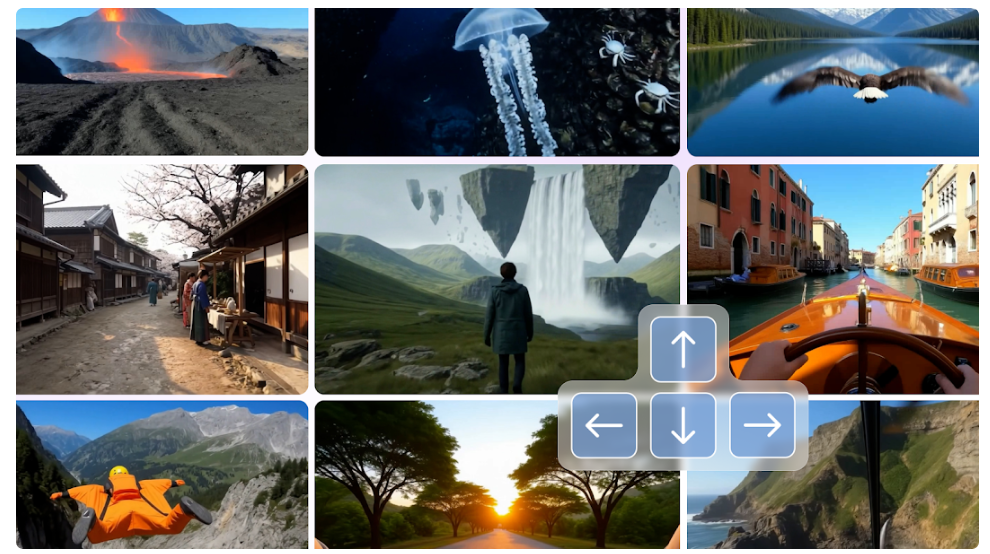



With a new model that enables AI systems to interact with a realistic simulation of the actual world, Google has revealed its most recent advancement in artificial general intelligence (AGI).
According to Google, robots and self-driving cars might be trained using the Genie 3 “world model” when they interact with lifelike simulations of spaces like warehouses.
AGI, a hypothetical level of AI where a system can perform most tasks on par with humans – rather than just individual tasks like playing chess or translating languages – and possibly perform someone’s job, is argued to be achievable through world models, according to Google DeepMind, the AI division of the US technology company.
According to DeepMind, these models will be crucial to the creation of AI agents—systems that can do tasks on their own.
“As we move closer to artificial general intelligence (AGI), and agents become more prevalent in society, we anticipate this technology to be crucial,” DeepMind stated.
However, Google stated that Genie 3 had a number of limitations and was not yet prepared for a full public release. The company did not provide a debut date.
The announcement was made as the AI market is becoming more and more competitive. Sam Altman, the CEO of OpenAI, the firm that developed ChatGPT, posted a screenshot of what looked to be the company’s most recent AI model, GPT-5, on Sunday.
According to Google, its world model might also assist people in training or exploring through a variety of simulations that mimic activities like skiing or strolling around a mountain lake.
According to DeepMind, Genie 3 generates its scenarios instantly from text prompts. With additional text prompts, the simulated environment may be swiftly changed, such as adding a herd of deer to a ski slope.
The software business is not yet making the model available to the general public, but on Monday it demonstrated the Genie 3-created skiing and warehousing situations to reporters. The Guardian’s simulations are comparable in quality to Google’s most recent video creation model, Veo 3, but they last minutes instead of Veo 3’s eight seconds.
Google views world models as a crucial technology for creating robots and autonomous cars, even if artificial intelligence (AGI) has been seen through the lens of possibly displacing white-collar employment as autonomous systems perform a variety of tasks, from sales agents to attorneys or accountants.
A robot may be trained using a reconstruction of a warehouse with realistic physics and people, for example, as the robot would be able to accomplish its objective through a simulation it “learned” from during training. Similar to Genie 3, Sima, a virtual agent developed by Google, is not publicly accessible but is capable of doing tasks in video game environments.
Also Read: Your Gmail emails are now automatically summarized by Google Gemini
In order to achieve flexible decision-making, robots must predict the outcomes of various actions in order to determine which one is best to carry out in the real world, according to Prof. Subramanian Ramamoorthy, chair of robot learning and autonomy at the University of Edinburgh.
According to Andrew Rogoyski of the University of Surrey’s Institute for People-Centred AI, world models may also benefit massive language models, which are the brains behind chatbots like ChatGPT.
“A disembodied AI can explore the world or a world and develop new capabilities if it is given the opportunity to be embodied, even if it is only virtually,” he stated.
Allowing an AI to physically explore the world will add a significant dimension to the development of more potent and clever AIs, even though these systems are educated on enormous amounts of internet data.
According to a research note that Google researchers included with the Sima release last year, world models are crucial since huge language models are good at planning but not at acting on behalf of a human.

